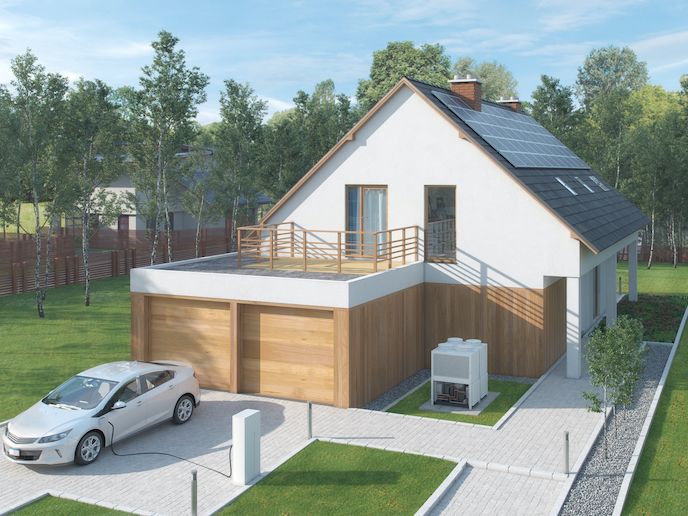Making zero-energy buildings affordable
Households are a significant contributor to greenhouse gas emissions. This is particularly true for older, less energy-efficient buildings. The European Commission established the Energy Performance Buildings Directive(opens in new window), meaning all newly created buildings from 2021 onwards will have to be Nearly Zero-Energy Buildings(opens in new window) (NZEB) – economical buildings with very high energy performance. “To address our ecological and climatic challenges as a society, we need to improve the energy performance of our buildings towards nearly zero energy,” explains Joyce van den Hoek Ostende, AZEB project(opens in new window) leader and coordinator at DNA in de Bouw(opens in new window) (website in Dutch) in the Netherlands. Progress has been slower than was expected, however. NZEBs are perceived to be more expensive than conventional energy-hungry buildings, meaning uptake has been slow. “Investment costs are indeed often still higher for NZEBs, due to the need for extra materials, and higher design, risk and failure costs. Many of these could be circumvented when applying the available – but not yet widespread – knowledge,” she adds. She explains that professionals and clients should base their decisions and contractual arrangements on life cycle costs, too. NZEBs usually have significantly lower running costs, offsetting the potentially higher initial costs in the medium to long term. The AZEB project created a versatile, easy-to-use methodology and framework to increase the uptake of NZEBs. Initial results were promising. “Using the method, or even parts of it, has had a clear positive impact in the five case studies which were done in various European countries during the project. It has shown impact by improved energy performance, lowered life cycle costs, increased environmental performance, increased performance in social sustainability aspects such as health and comfort, and increased real estate value and occupancy rates,” Van den Hoek Ostende says.
The AZEB way
“There are many existing and proven solutions, but these are often little-known and scattered throughout a variety of knowledge fields, which makes it hard for professionals to get a sound overview and adopt and integrate the relevant knowledge,” she notes. AZEB consolidated this broad range of information into one clear method. It is available through a free online learning environment(opens in new window), where industry professionals can access teaching materials and tools that can help them achieve the goal of affordable NZEBs. The AZEB methodology consists of 17 steps, covering the initiation, design, construction and operational phases of the building. Each step is broken down into required decisions and activities. The focus is on three key elements: Quality assurance, procurement and integrated project delivery.
Improving the methodology
The team is now preparing follow-up research in applied projects throughout Europe, starting in Bulgaria and the Netherlands. By quantifying the effects of the AZEB methodology in NZEB projects, they hope to further increase market interest in the method. “In addition to the applied research and the available free online learning materials, we organise live training and do consultancy to help organisations apply the AZEB method in their projects, ” Van den Hoek Ostende says.







